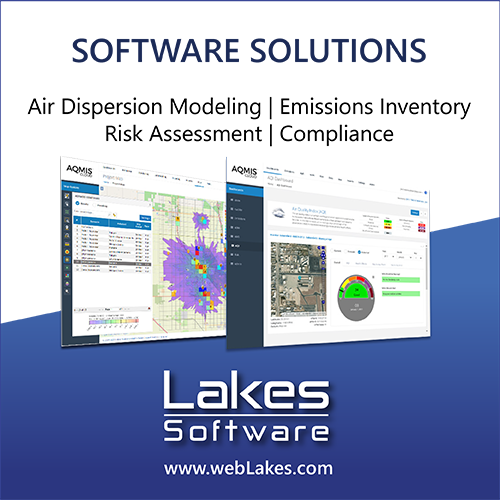Integrating project-based infrastructures with long-term greenhouse gas observations in Africa
DOI:
https://doi.org/10.17159/caj/2022/32/1.13081Keywords:
capacity development, eddy covariance, research collaboration, climate change, South AfricaAbstract
There is a lack of long-term greenhouse gas (GHG) measurement infrastructures in Africa. This limits our understanding of the temporal dynamics of the biosphere-atmosphere exchange of carbon in response to climate change. Where relevant infrastructures have been established in externally funded research projects, they have often not been successfully transferred to local institutions at project termination, nor maintained in the long term. This leads to loss of capacity and continuity in primary data. We describe a collaborative approach where eddy-covariance (EC) towers for continuous long-term observation of carbon dioxide and energy fluxes were constructed under two consecutive German-funded research projects and designed to complement existing South African infrastructures. They will be transferred to partner institutions at project termination, supported by deliberate capacity building actions for long term sustainability. Joint activities were implemented to i) strengthen technical expertise for infrastructure maintenance, ii) introduce new generation of academic scientists to the topic, iii) co-develop a training concept to enhance local capacity to continue teaching the topic, iv) improve the uptake and use of data by the research community, v) improve data use and access by stakeholders, and vi) facilitate knowledge exchange between institutions. Co-designed activities included training, apprenticeships and knowledge exchange, student exchange, co-supervision, and public outreach. Following a similar model in international research projects could significantly benefit 1) national capacity for emission inventories, 2) development of long-term GHG observation networks, and 3) the global scientific community via improved availability of data. While we specifically focus on a network of GHG observations, the principles are applicable for the infrastructure to observe other surface/atmosphere exchange processes or other long term observational infrastructure.
Downloads
Downloads
Published
Issue
Section
License
Copyright (c) 2022 Mari Bieri, Justin du Toit, Gregor Feig, Nnditshedzeni Eric Maluta, Mohau Mateyisi, Guy F. Midgley, Shingirirai Mutanga, Graham von Maltitz, Christian Brümmer

This work is licensed under a Creative Commons Attribution 4.0 International License.

All articles are published under a Creative Commons Attribution 4.0 International License; copyright is retained by the authors. Readers are welcome to reproduce, share and adapt the content without permission provided the source is attributed.








.png)